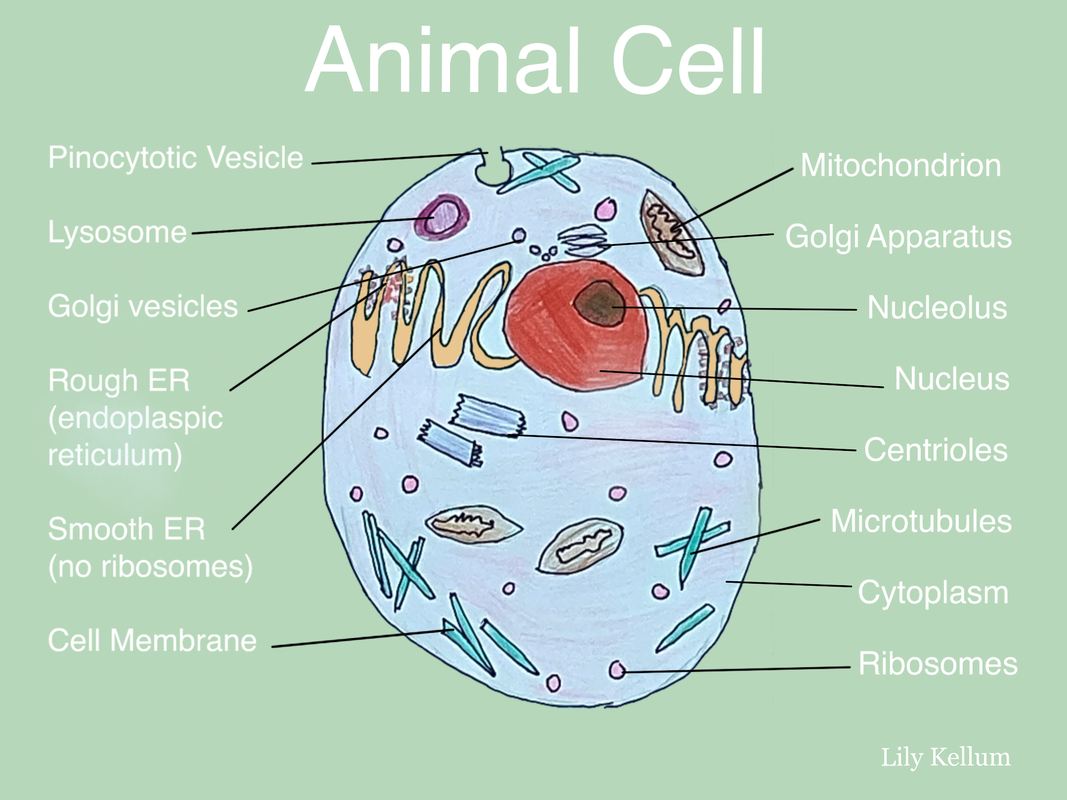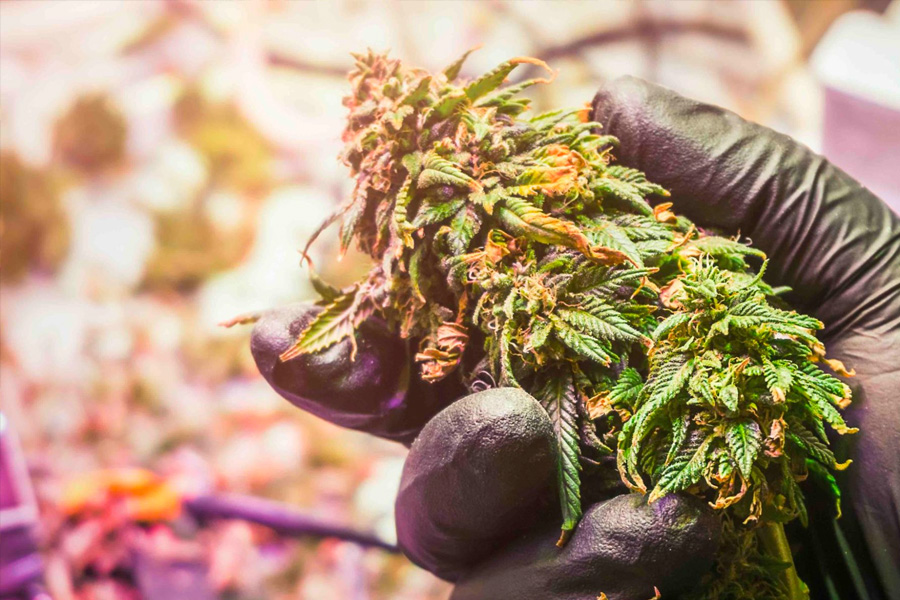Are Lysosomes in Both Plant and Animal Cells? Clear and Simple Guide

Lysosomes in Plant and Animal Cells: Why the Confusion Happens (and How to Outsmart It)

If you’ve ever stared at a cell diagram, felt that flash of doubt, and wondered, “Wait… do plants actually have lysosomes?”—you’re not alone. This is one spot where almost every biology student hits a snag, and there’s a subtle psychological reason for it: your brain LOVES tidy categories, but cell biology likes “it depends.” Let's unpack the real story together—not just what goes in your notes, but why this confusion sticks.
Why the Mix-Up? The Psychology of Labels
Here’s what most people won’t tell you: Humans are hardwired to learn through patterns and repetition. If you see lysosomes on animal cell diagrams again and again, then suddenly see them crop up on some plant diagrams (sometimes marked as “lysosome-like”), your working memory gets overloaded. The mental shortcut (“all eukaryotic cells must have similar organelles”) kicks in—and boom, misconceptions form.
But here’s where expertise comes in: learning to spot exceptions without letting them scramble the basics.

Let’s Get Practical: Problem-Solving from the Inside Out
1. In Animal Cells—Lysosomes Are the Dedicated Clean-Up Crew
I remember my first time looking at animal liver cells under an electron microscope back in 2019—the dark blobs are those dense little lysosomes filled with enzymes. When tissue breaks down or immune cells attack invaders, these organelles spring into action—think tiny stomachs inside each cell.
What makes them psychologically fascinating is their precision: they only activate when needed (failure here can cause serious diseases). Your brain loves seeing specialized tools for specialized jobs—it helps reinforce clear boundaries in learning.
2. In Plant Cells—The Central Vacuole Takes Over
Early textbooks made this topic trickier than necessary by labeling everything with broad strokes. The reality? Plant cells generally don’t boast individual lysosomes like animal cells do. Instead, they use a central vacuole—a huge sac that’s multi-talented: it stores water, pigments AND contains hydrolytic enzymes to break down waste.
Here’s why students get tripped up: Our brains expect symmetry (if animals have X, plants must have X too). But plants evolved efficiency—they rolled storage and breakdown into one space-saving compartment.

3. “Lysosome-Like”? Advanced Nuance vs Everyday Learning
Let me tell you about a frustrating trial-and-error moment: I once tried marking up plant cell models for high schoolers with both vacuoles and tiny lysosome dots, only to watch confusion spread across their faces. That day taught me something vital about psychological processing—TOO much accuracy muddies basic understanding at early stages of learning.
So yes—plant cells have lytic vesicles or enzyme-rich vacuoles (sometimes called “lysosome-like”), but unless you’re knee-deep in cellular research, stick with the general rule:
- Animals = Lysosomes
- Plants = Vacuoles
This rule aligns perfectly with how our brain files away foundational knowledge before layering on exceptions later.
Turning Mistakes into Mastery
One student I tutored last year came to me after bombing a quiz because she wrote “vacuole” instead of “lysosome” for animal cells—she’d overcomplicated things by reading ahead about “plant lysosomal activity.” We reframed her thinking using analogies:
- Animal cell = dedicated janitor (lysosome)
- Plant cell = multi-tool closet (vacuole does it all)
She aced her next test by focusing on function-over-label—a small shift with big results.

Psychological Shortcuts That Work When You’re Stuck
- Ask yourself: Is this question about waste breakdown?
- Animal cell? Trust your first instinct: LYSOSOME.
- Plant cell? Go VACUOLE.
- Remember: Diagrams simplify; real cells specialize.
- Self-test: Describe what happens if this organelle fails—for animals it means toxic buildup; for plants it affects both storage AND cleanup. This “catastrophe check” helps anchor function more deeply than rote memorization ever could.
The Power of Contextual Understanding
Why does knowing the why matter so much? Because memorizing facts fades—but connecting process to function turns short-term recall into long-term mastery. If you understand why evolution nudged animals and plants toward different solutions for cellular housekeeping, you’ll never mix them up again—even under exam pressure.

Pro-tip for Review Sessions: Try explaining this distinction aloud as if teaching someone else—or even record yourself and listen back. Teach-back works because your brain lights up new pathways when forced to clarify concepts instead of just recognizing familiar phrases on paper.
And if an exam throws one of those curveball questions (“Which plant organelle resembles animal lysosomes?”), remember two key words: function over form. Focus on digestion/recycling roles first—the rest will follow naturally.
In sum: don’t let surface similarities trip you up when diving deep into bio details. Lysosomes headline the animal world; vacuoles steal the show in plants—with a bit of functional overlap but distinct evolutionary journeys behind each choice. Understanding that why not only clinches tests—it makes biology genuinely memorable.



